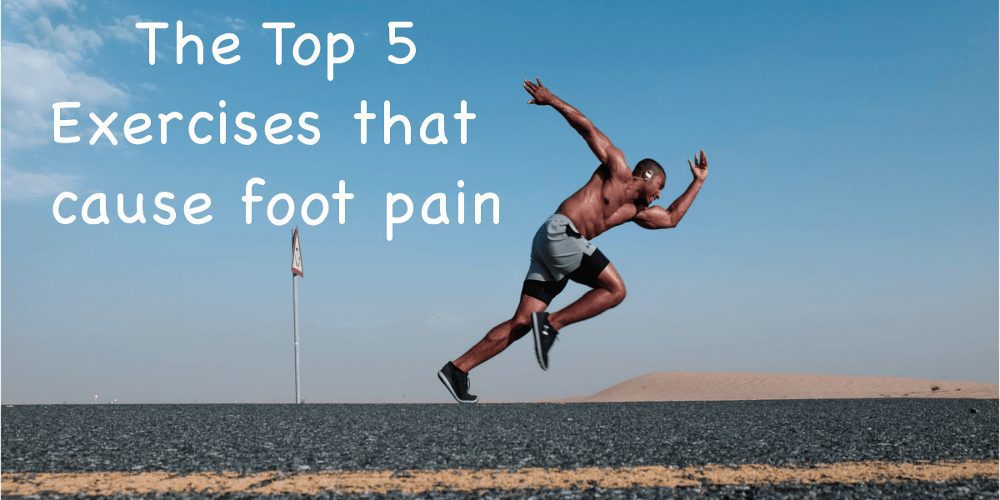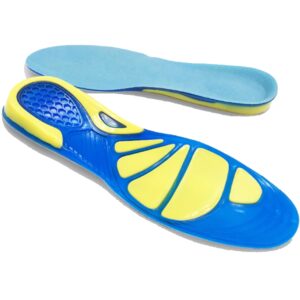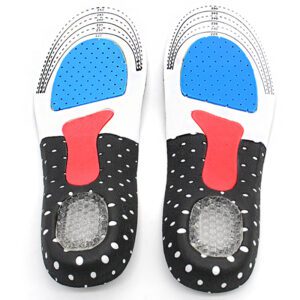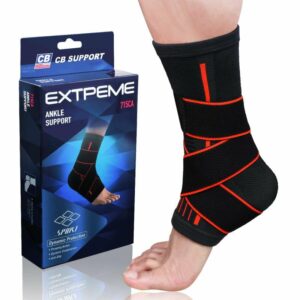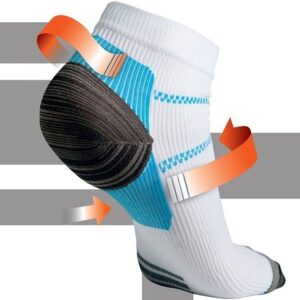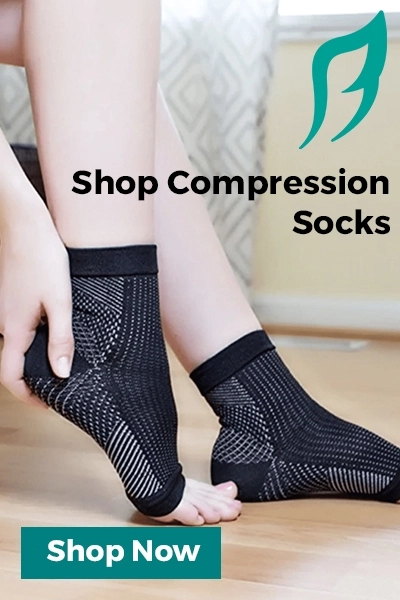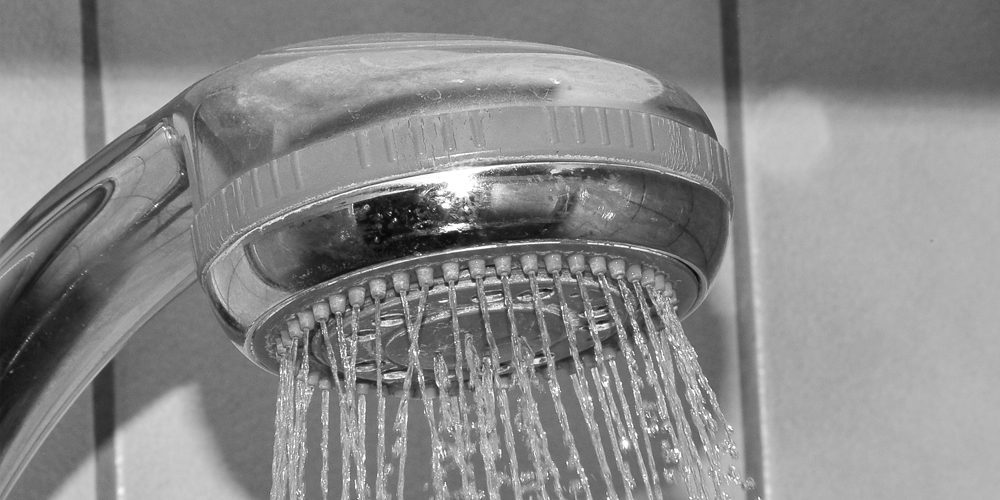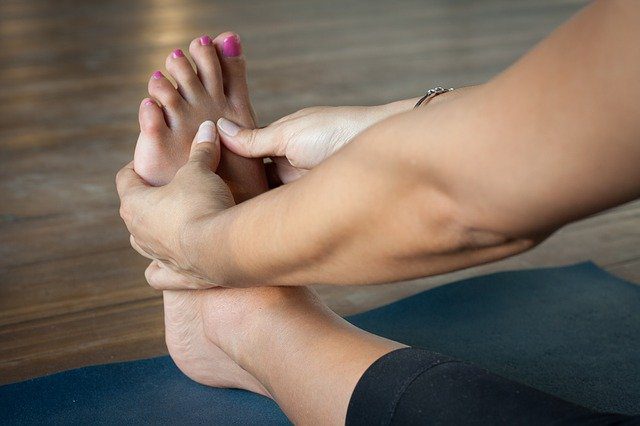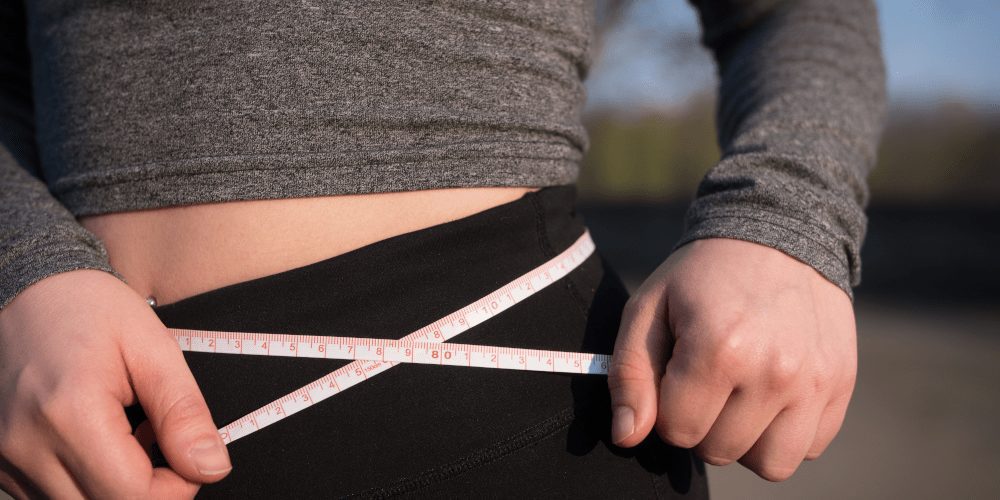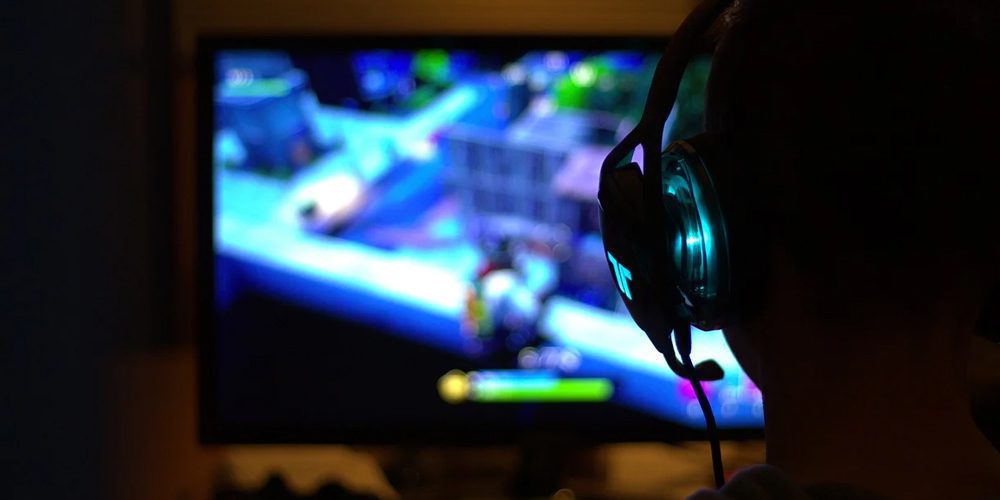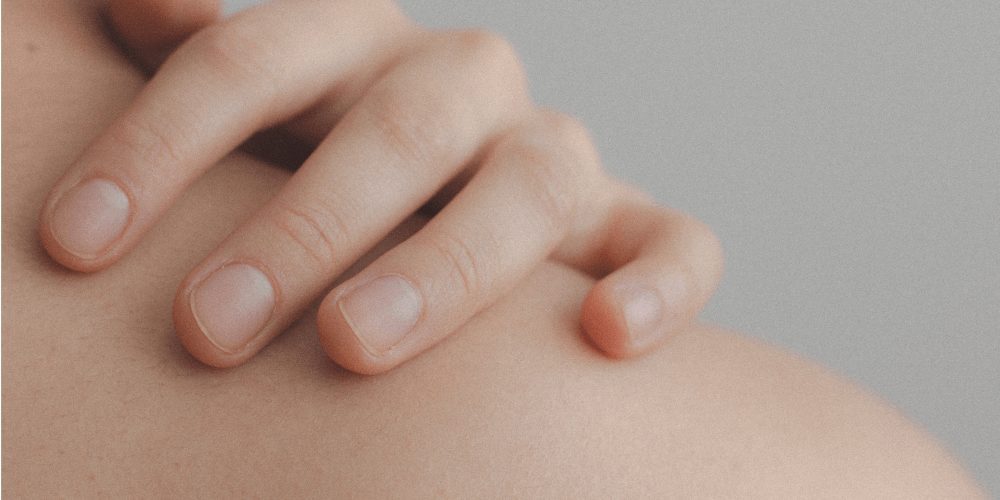Physical activity is among the top important factors for keeping a healthy mind and body. From our young years, we are exposed to a ton of information stimulating us to be more active in order to avoid issues such as heart disease, obesity, and many more. Regular workouts and sports can also keep our mind and soul young and fresh, giving us the ability to release stress, be more energetic and feel alive. Physical exercise is also important simply for the feeling of satisfaction and happiness as it makes the individual feel accomplished and useful. Although there is an extremely diverse set of sports activities that one can choose from, they each have one thing in common – they are likely to involve putting large amounts of pressure and reliance on your feet.
Exercise and Feet Pain
Our feet are involved in merely any activity that involves standing up as the dominant part of our body weight is focused on our legs and feet. They are our core foundation, our base, and hence it is our responsibility to take proper care of them. The importance of feet comfort is often underestimated as we are so used to experiencing foot pain as part of our daily lives. Whether you are an office person who spends the majority of the day sitting down at a desk or you are an active athlete whose profession is related to sports, the chances are that you have experienced foot pain in your life at least once.
Statistics around the world show that foot pain is common among individuals of all ages and backgrounds and is probably the most standard type of pain. It can arise suddenly and unexpectedly but last of years or even a lifetime if caution is not taken. Regular exercise at the gym or outdoors often can often lead to inflammation, permanent foot pain, torn muscles in the foot area and other challenges that we need to be aware of in order to prevent. Of course, most individuals who regularly practice a certain sport take care of their feet by purchasing sports shoes specifically designed for their chosen activity but sometimes this is not enough.
And for those of you who practice more calm and peaceful sports, the information provided may be of use to you too as even yoga can cause foot discomfort.
To help keep an active life full of physical activity without foot pain we’ve created a list of five exercises that could cause certain foot pain. We will also look at ways to prevent these undesired outcomes by equipping your feet with the right solution.
1. Running
Probably one of the most evident in the list of exercises that cause foot pain is running. Runners would be well aware of the challenges this sport and hobby for some poses to our feet and legs. Whether the pain comes after a certain mileage or is always there, chances are that if you have been constant in jogging or are involved in running marathons, you would be familiar with the discomfort and sometimes impossible to stand pain this sport can cause.
Running exposes our feet to a harsh amount of pressure and stress. As a result, runners are exposed to the risk of developing a stress fracture, which develops in the metatarsal heads of the feet or sometimes referred to as the balls of the feet and is described as having pain in the forefoot, which increases as the running continues.
Metatarsalgia is another threat for runners and is the irritation to the heads of the long bones of the foot. Altogether, there are five metatarsals in a person’s foot, which can all be irritated when pressured during running due to a large amount of contact with the ground. The solution to metatarsalgia is commonly found in resting and a new pair of running shoes.
Another issue running can expose athletes to is the fad pad syndrome. This is often characterized by feeling a bruise at the center of your heel and the victim has a hard time with hardwood surfaces. Similar to the plantar fasciitis, the fad pad syndrome is centrally located in the heel area and not the softer area of the foot.
Sounds painful, right? Well, getting rid of this pain will require stabilizing the heel. This can be done via heel cups, getting into the habit of tapping as an additional exercise or using extra padding in the shoes. It could also be helped with the use of compression socks, which will isolate the heel area.
2. Playing sports on artificial grass
Artificial grass of turf areas is associated with sports such as football, rugby, tennis, hockey, golf and many more. Especially if played as a hobby or during practice, these sports are likely to have grass as a surface. Some of them require this due to their nature but others are amended to be more accessible to the majority of people wanting to try them. Exercising on these surfaces or playing sports associated with long hours or running, walking or jumping on artificial grass can lead to the unpleasant result of the turf toe. The turf toe occurs when the big toe of the foot is obliged to bend up further than its normal capacity.
There is a high chance of this happening when your shoe is stuck to the surface that you are playing on but your body doesn’t stop. Instead, it continues its motion forward and damages the toe. The turf toe is also popular among athletes involved in martial arts or simply anyone practicing a physical activity wearing shoes with limited support or too much flexibility.
In this case, tapping is again helpful to relieve the toe. However, trying to bend the foe forcefully will increase the pain and will not result in improvement. The idea is to restrict the moment of the toe, which can again be achieved by isolating it, using compression socks or other methods.
3. High impact activities
High impact activities are those associated with putting large amounts of stress on weight-bearing joints. Such are the knees, hips, or ankles, for example. High impact activities are often found in sports such as basketball or soccer, where there is certainly an unnatural amount of pressure put on the joints. Such exercises are highly likely to result in food pain in the long run and lead to permanent damage of your feet if caution is not taken.
The risk of high impact activities is developing a condition known as sesamoiditis. Sesamoiditis is described as the process of inflammation in the tendons related to two tiny bone structures located in the big toe.
The symptom that the victim will feel is a dull pain in the ball of the foot when pressured. The pain will increase if you jump or try to put more body weight on the area. The condition is made worse if you play sports on a tough surface with inappropriate shoes for the activity. Sesamoiditis is often cured through surgery or cortisone injections. However, if spotted in the initial stages of development it can be cured via padded insoles put in the shoes.
4. High-intensity training regimes
High-intensity training is known as progressive resistance exercise. It is characterized by a lot of effort and infrequent workouts. This means that while working out, a significant amount of pressure is put on the body, leading to a number of challenges. Although there is a substantial time given to the body to recover after such exercise, its pure nature is overload.
Higher-intensity workouts can, like running, lead to stress fractures or hairline fractures, commonly affecting the long bone in the foot or the big heel bone. Athletes affected by stress fractures won’t get any symptoms of swelling or enlarging but the damaged zone is likely to increase its temperature. It is difficult to establish whether you are suffering from a stress fracture as it is not revealed by X-rays. If left to rest and not pressured further, stress fractures can recover by themselves. If not, surgery is required.
5. Activities where there is a lot of jumping
Sports such as dancing, running or acrobatics are all associated with a lot of weight put on the forefront of the foot and a lot of jumping. This results in pressure in the calf muscles and could lead to plantar fasciitis or inflammation of the fascia. The fascia is the thick band of tissue at the bottom of the foot and it is the main factor behind heel pain. In most cases, the symptom of pain comes in the morning or early in the day when the body has not warmed up. The pain is described as stabbing and unexpected.
Physical activity is not the only influencer causing this unwanted pain. The condition can be developed from wearing high heels too often or walking barefoot if you have flat feet. This results in the change of the natural curve of your foot and permanently leaves a mark of pain.
Plantar fasciitis can be cured with a number of exercises such as continuous and consistent stretching of the Achilles tendon and sole of the foot. It can also be helped with compression socks that will isolate the painful area and help warm up the ankle area, making the foot ready to tackle the day with less pain.
Sports and physical activity are a valuable part of our lives and are necessary to keep an overall good state of mind and body. However, the risk that we are exposing our bodies to should not be overlooked. It is always a good idea to do some prior research on the sport of activity that you are interested in before beginning and dedicating time and energy. Check out the most common issues that athletes or individuals involved in the sports face and look for ways of avoiding or overcoming these challenges. After all, there is a cure if you have spotted the problem.
Most sports would require a certain type of additional exercise to prevent foot pain and calm the feet down after workouts. Apart from comfortable shoes, which have been developed specifically for the selected sport, it’s a great idea to choose the right compression socks for you to make your feet happy and healthy. Compression socks are an ideal way of isolating painful areas, increasing the circulation of blood and overall, relieving the feet from their pain and burdensome role of carrying our bodies. Our feet are our foundation so it is essential that we pay close attention to them and make sure they are safe, maintaining the ability to support us at all times.
Below listed are our best products that help with foot pain.
-
57 %OFF57 %OFF57 %OFF57 %OFF
Honeycomb ActivGel Insoles
Rated 4.88 out of 5$69.90Original price was: $69.90.$29.90Current price is: $29.90. Select options -
54 %OFF54 %OFF54 %OFF
Total Support Orthotic Insoles
Rated 4.71 out of 5$49.99Original price was: $49.99.$22.99Current price is: $22.99. Select options -
Extreme Ankle Brace
Rated 4.69 out of 5$29.90 Add to cart -
33 %OFF33 %OFF33 %OFF
Heel, Ankle & Achilles Pain Management Socks
Rated 4.57 out of 5$29.99Original price was: $29.99.$19.99Current price is: $19.99. Select options




